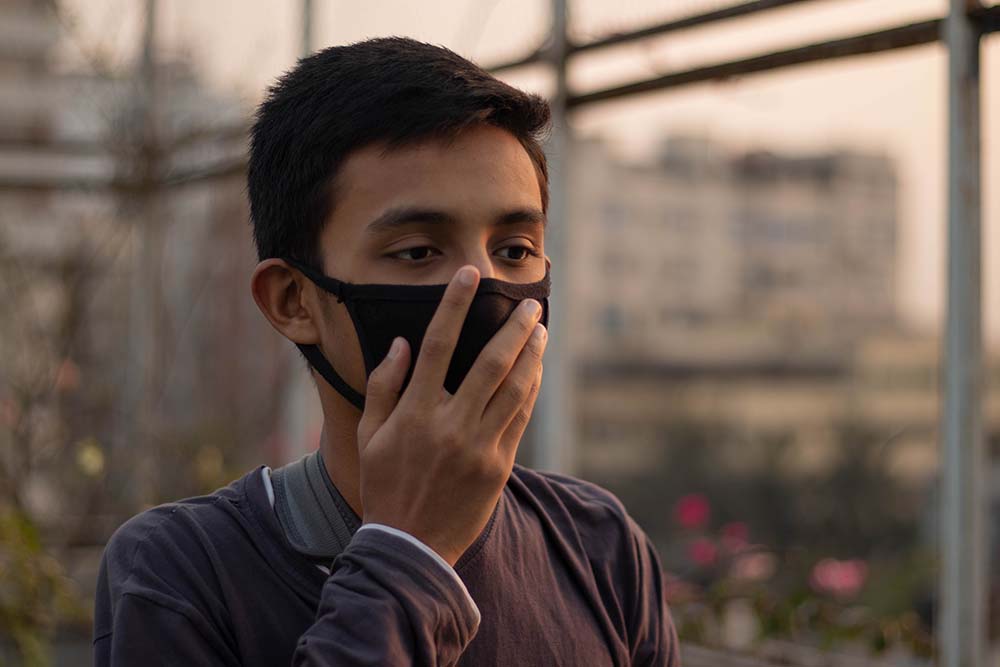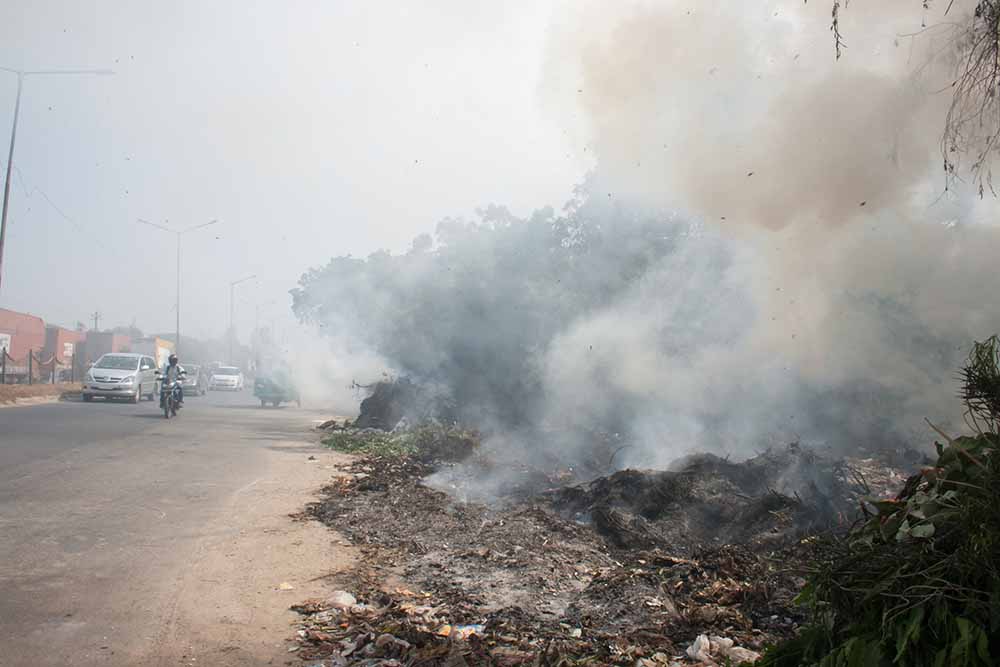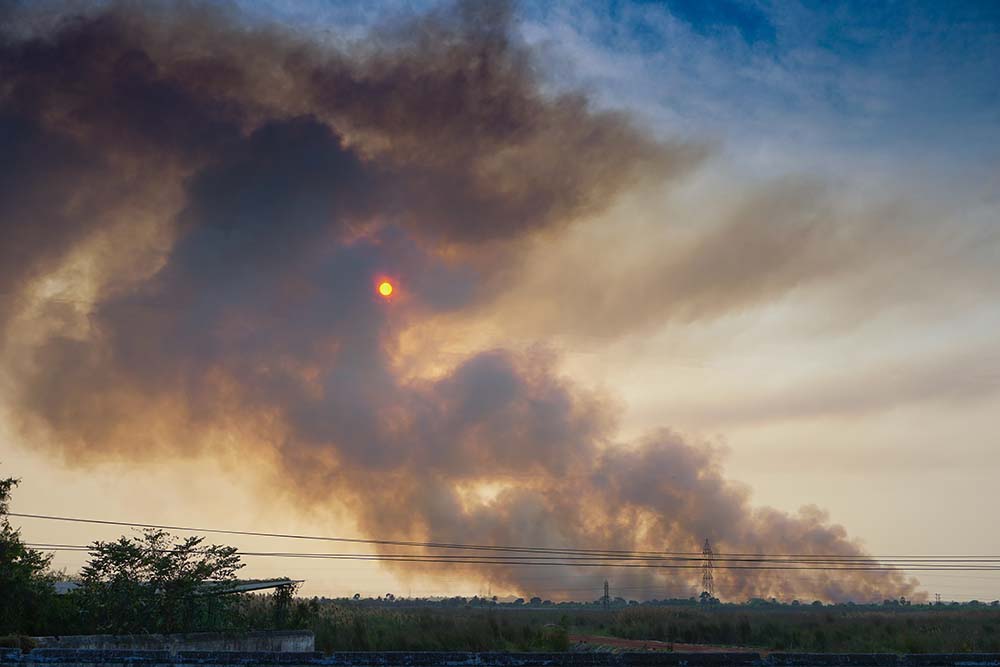India's Pollution Peril
India, the world's second-most populous nation, is grappling with an increasingly perilous threat - rising pollution levels. A recent World Bank report, titled ‘Detox Development,’ paints a grim picture, revealing that nearly 99 per cent of Indians are exposed to deadly air, with hazardous levels of PM2.5 pollutants posing a significant health risk. As a result, India is among the top two countries globally with the highest number of people vulnerable to unsafe air pollution, along with its neighbour, China.

Image used for representational purposes only.
According to the World Bank's findings, a staggering 98.8 per cent of Indians are exposed to ‘unsafe’ and ‘hazardous’ levels of PM2.5 pollutants, with 96.3 per cent breathing air deemed ‘hazardous.’ ‘Unsafe’ signifies an annual average concentration exceeding five micrograms per cubic meter, while ‘hazardous’ levels imply PM2.5 concentrations exceeding 35 micrograms per cubic meter. These microscopic particles, measuring 2.5 micrometres or smaller, can penetrate deep into the lungs and bloodstream, leading to a range of severe health problems.
Global Air Pollution Crisis
Globally, the problem of air pollution is not unique to India. The World Health Organization (WHO) has determined that 99 per cent of the global population, or 7.3 billion people, face air pollution levels exceeding safe guidelines. The issue is particularly severe in the East Asia and Pacific region, where approximately 2.2 billion people are exposed to unsafe air. South Asia alone is home to 1.8 billion individuals enduring these perilous conditions.
The Link Between Poverty and Pollution
A significant concern highlighted in the report is the strong correlation between poverty and pollution. The data suggests that impoverished communities face higher levels of exposure to air pollution due to various factors, including their proximity to heavily industrialised areas, substandard living conditions, and limited employment opportunities. This is further exacerbated by less stringent air quality regulations, the prevalence of outdated polluting machinery and vehicles, subsidized fossil fuels, congested urban transport systems, rapidly expanding industrial sectors, and environmentally harmful practices like cut-and-burn agriculture.
The ‘Detox Development’ report also reveals that India has the highest number of ‘extreme poor,’ defined as those earning $1.90 or less per day, exposed to unsafe levels of PM2.5 pollutants. Shockingly, this comprises 14.7 per cent of India's population, making it the most significant proportion in the world. Nigeria and the Democratic Republic of Congo follow, but India's situation remains deeply concerning.

Image used for representational purposes only.
Urban Comparisons: Mumbai vs. Delhi
Air quality has become an increasingly alarming concern in India. In a recent comparison, Mumbai's air quality was rated worse than that of Delhi, highlighting the widespread nature of the problem. The city's overall Air Quality Index (AQI) was classified as ‘moderate,’ registering a concerning 119, while Delhi, previously notorious for its poor air quality, posted a relatively better AQI of 83, classified as ‘satisfactory.’ These findings have triggered health alerts, urging residents to limit outdoor exposure and shift to cleaner energy sources like compressed natural gas (CNG).

Image used for representational purposes only.